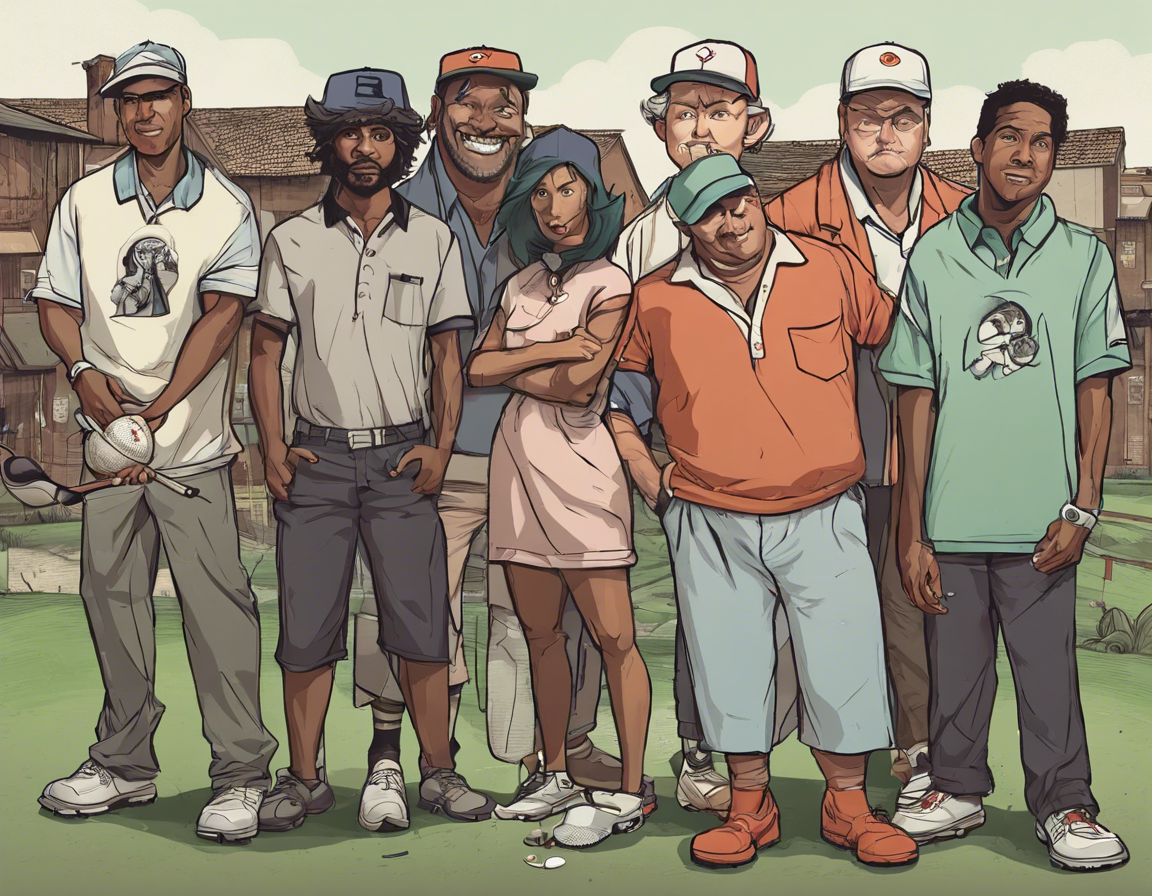
Urban areas across the globe are often characterized by stark socioeconomic disparities – where luxurious high-rise buildings stand in contrast to the gritty, congested slums that house a significant portion of the population. Golf, a sport traditionally associated with green, manicured courses and exclusive clubs, might seem like an unlikely addition to these urban landscapes. However, the concept of slum golf has emerged as a unique phenomenon that is making waves in urban communities worldwide.
What is Slum Golf?
Slum golf, also known as street golf or urban golf, is a variation of the traditional sport adapted to suit the rough, unconventional terrains of urban slums. It involves playing golf in improvised locations within these communities, utilizing a variety of make-shift or recycled equipment. The essence of slum golf lies in its ability to transcend traditional barriers and bring the joy of the sport to individuals who might not have access to formal golf courses.
The Impact of Slum Golf in Urban Communities
1. Community Engagement
Slum golf serves as a powerful tool for community engagement, bringing people together through a shared interest in the sport. It creates a sense of camaraderie and unity among residents, fostering social connections that might not have been possible otherwise.
2. Empowerment and Inclusivity
By introducing golf to underserved urban communities, slum golf promotes inclusivity and empowerment. Individuals who may have never had the chance to play golf due to financial or geographical constraints now have the opportunity to participate and excel in the sport.
3. Physical and Mental Well-being
Engaging in physical activities like slum golf can have significant benefits for both physical and mental well-being. It provides an outlet for stress relief, promotes physical fitness, and enhances coordination and concentration skills.
Challenges and Opportunities
While slum golf offers a plethora of benefits, it also faces several challenges. Securing locations for gameplay, obtaining adequate equipment, and garnering support and funding are common hurdles. However, these challenges present opportunities for partnerships with local businesses, organizations, and government entities to support and promote slum golf initiatives.
The Future of Slum Golf
As the concept of slum golf continues to gain traction, its potential for growth and expansion is promising. Organizations and individuals passionate about leveraging the power of sports for social impact are increasingly recognizing the value of slum golf in transforming urban communities and enriching the lives of its residents.
Frequently Asked Questions (FAQs) About Slum Golf
1. What equipment is used in slum golf?
In slum golf, players often utilize improvised equipment such as recycled bottles as clubs, tennis balls as golf balls, and makeshift putting greens created from various materials found in the community.
2. Is slum golf only for experienced golfers?
Slum golf is inclusive and welcomes individuals of all skill levels, including beginners. It is a casual and enjoyable way to introduce people to the sport without the intimidation often associated with formal golf courses.
3. How can I get involved in slum golf initiatives?
You can get involved in slum golf by volunteering with organizations that promote the sport in urban communities, donating equipment or funds to support initiatives, or even starting your slum golf program in your local area.
4. Are there safety concerns associated with slum golf?
While safety is always a consideration in any sport, slum golf organizers take precautions to ensure a safe playing environment. Choosing appropriate locations, establishing rules, and providing supervision help mitigate potential risks.
5. What are the social benefits of participating in slum golf?
Participating in slum golf can lead to increased social connections, improved teamwork skills, enhanced communication, and a sense of belonging within the community. It fosters a spirit of cooperation and sportsmanship among participants.
